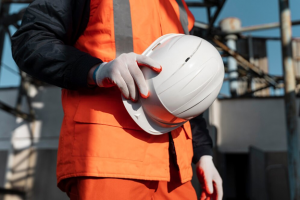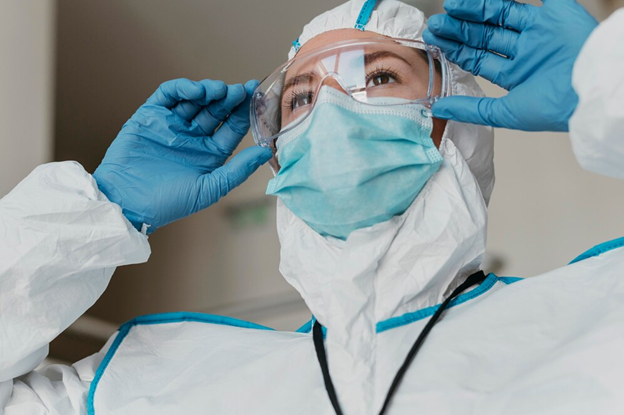When it comes to the safety of healthcare and industrial workers, personal protection equipment (PPE) plays an essential role. PPE is more than just a workplace requirement—it’s a lifeline that protects from various hazards inherent in these professions. Whether it’s a nurse facing infectious diseases or a construction worker handling heavy machinery, the right equipment can make all the difference. As you read further, you’ll appreciate how PPE reduces occupational risks, examine its various components, and know the regulatory standards. Let’s take a deep dive into understanding how PPE ensures workplace safety.
Understanding PPE
Definition of PPE and Its Components
PPE includes various gear designed to protect workers from physical, chemical, and biological hazards. It encompasses items like gloves, masks, helmets, and gowns. Each component plays a vital role in shielding specific parts of the body from harm.
Regulatory Guidelines and Standards for PPE Selection
Selecting the right PPE involves adhering to stringent regulatory guidelines. Organizations such as OSHA (Occupational Safety and Health Administration) and ANSI (American National Standards Institute) set standards to ensure that PPE meets the required safety criteria. These guidelines help employers choose appropriate gear that complies with legal requirements and offers optimal protection.
The Vital Role of PPE in Healthcare
Specific PPE Used in Healthcare Settings
Healthcare workers rely on PPE to protect themselves from infectious agents. The availability of high-quality sterile gloves online and in-store ensures that healthcare providers can maintain the necessary hygiene standards to deliver safe and effective care. Other common PPE items in healthcare that can be purchased online or in-store include surgical masks, N95 respirators, face shields, and protective gowns. These items create barriers against pathogens, minimizing the risk of infection.
Case Studies Demonstrating PPE Effectiveness
Numerous case studies highlight the effectiveness of PPE in healthcare settings. For instance, during the COVID-19 pandemic, proper use of PPE significantly reduced infection rates among healthcare workers. In one study, hospitals that implemented strict PPE protocols saw a marked decrease in virus transmission among staff.
PPE in Industrial Settings
Types of PPE for Different Industrial Sectors
Different industrial sectors require specific types of PPE. For example, construction workers need helmets, gloves, and steel-toed boots to protect against falling objects and heavy machinery. Meanwhile, chemical plant workers require protective suits and respirators to safeguard against toxic substances.
Innovative PPE Technologies and Their Impact
Innovation in PPE technology has led to advanced protective gear that offers enhanced safety features. Smart helmets equipped with sensors can monitor workers’ environmental conditions, while advanced materials in protective clothing provide better resistance to hazards. These innovations not only improve safety but also enhance comfort and usability.
Challenges and Solutions in PPE Use
Common Challenges in PPE Compliance
Despite its importance, PPE compliance can be challenging. Workers might find PPE uncomfortable or cumbersome, leading to improper use or neglect. Additionally, inadequate training on the correct usage of PPE can compromise its effectiveness.
Strategies for Overcoming Obstacles
Employers can implement several strategies to overcome these challenges. Providing comprehensive training programs helps workers understand the importance of PPE and how to use it correctly. Regular inspections and feedback mechanisms ensure that PPE is used consistently and correctly. Investing in ergonomically designed PPE can also enhance comfort, encouraging better compliance.

In conclusion, PPE is indispensable in protecting healthcare and industrial workers from occupational hazards. By understanding its components, adhering to regulatory standards, and addressing challenges, we can ensure its effective use. As we look to the future, advancements in PPE technology promise even greater protection and comfort for workers.
Remember, the safety of workers depends on the proper use and compliance of PPE. Let’s commit to prioritizing workplace safety by ensuring that PPE is used correctly and consistently. For those seeking to enhance their understanding and application of PPE, further resources and expert consultations are available. Together, we can create safer working environments for all.

Recent Comments